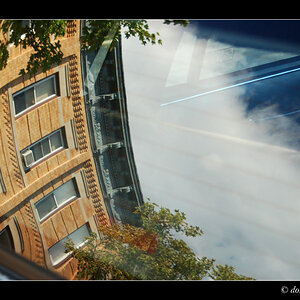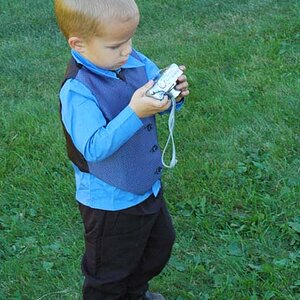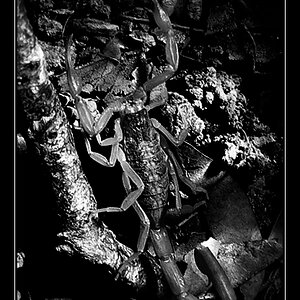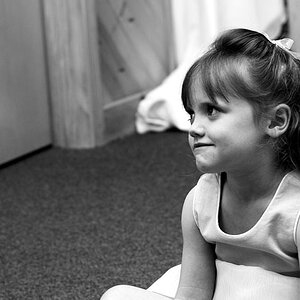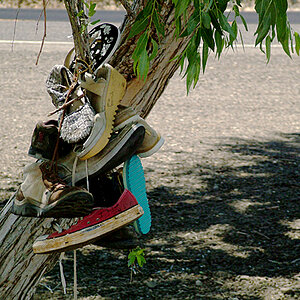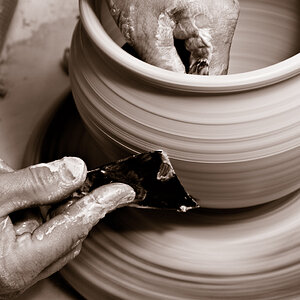Tim Tucker 2
No longer a newbie, moving up!
- Joined
- Jun 8, 2017
- Messages
- 333
- Reaction score
- 241
- Can others edit my Photos
- Photos OK to edit
I was talking to a camera insider the other day and asked. Her response was "LOL, it doesn't do anything." Apparently it stands for In Search Of (an answer) until some boffin re-named it Internet Standard Opinion which kinda stuck. She said that it wan't actually connected to anything and was just a load of numbers on a twiddly dial. It was really there for the placebo effect because they found out that people really did think their photographs were better if there were more knobs on the camera to twiddle. Most of the research these days, she said, went on inventing credible numbers that impressed without being un-believable. Apparently they have a sweepstake about when somebody can invent the *Mega* ISO and have it taken seriously. The trigger, or proof, is a supporting post by Ysarex on TPF. She dismissed DPreview as she said that most of the stuff they post is beyond the realms of reason anyway and that they had started discussing it as fact some years ago. In fact so heated was the debate that it was rumoured the Russians had hacked it and interfered with the outcome, (Russian cameras had broken the MegaISO barrier back in the Soviet era). The Russians of course are denying any knowledge of ISO and asked for proof which kicked off the whole argument again.
There is even a cell of conspiracy theorists who believe that it's all a smoke screen to deflect attention from the way a camera really works (and the fake moon landings). They say that all these arguments about dials are preventing us from seeing the real output of cameras which are actually about spying on us by taking pictures out of the rear screens, and explains the increase in selfies on the internet.
So there you have it, from the horses mouth...
Pg 11 anyone??
There is even a cell of conspiracy theorists who believe that it's all a smoke screen to deflect attention from the way a camera really works (and the fake moon landings). They say that all these arguments about dials are preventing us from seeing the real output of cameras which are actually about spying on us by taking pictures out of the rear screens, and explains the increase in selfies on the internet.
So there you have it, from the horses mouth...
Pg 11 anyone??
Last edited:





